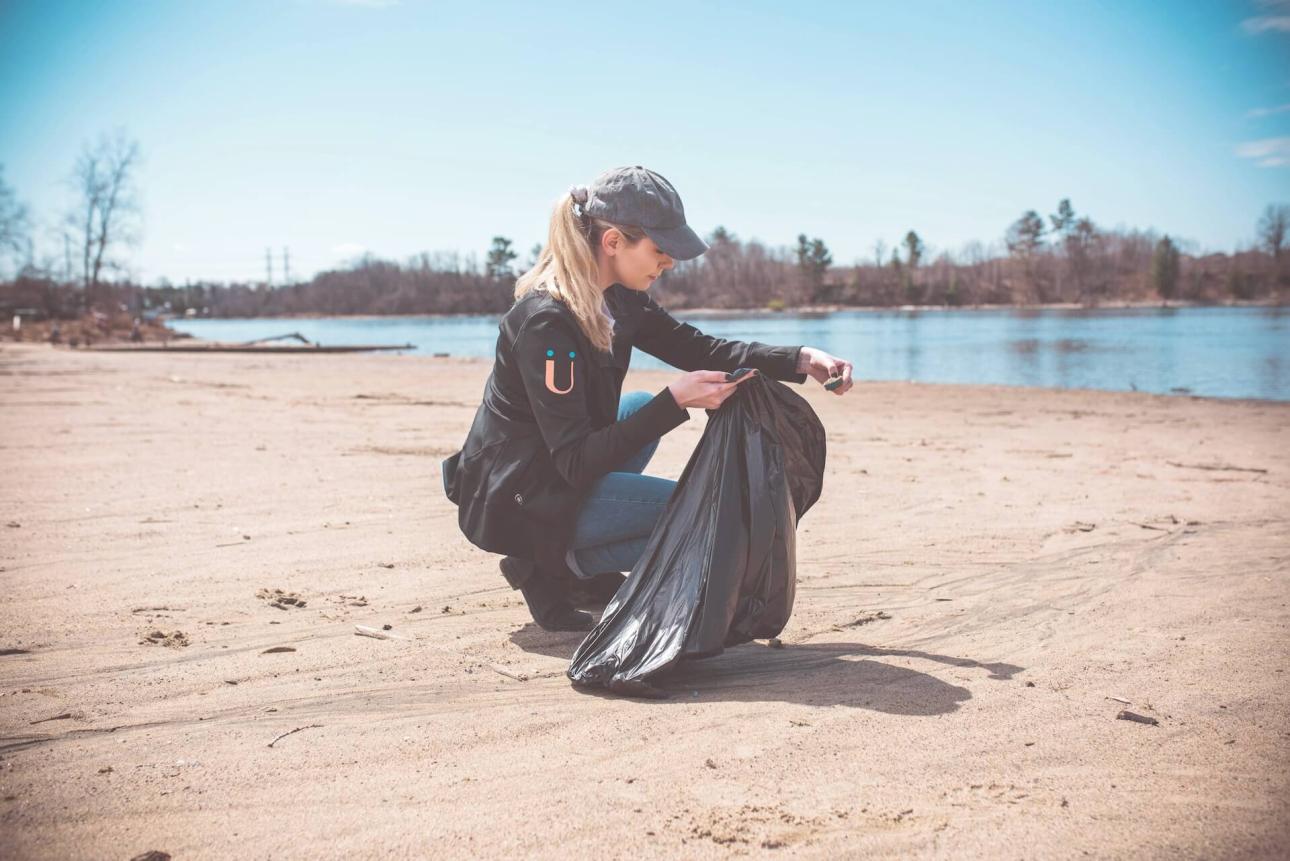As the world progresses, people are looking for ways to not only improve their lifestyles but also preserve the planet. Sustainable tourism has been on the rise in recent years, with more and more travelers interested in eco-friendly and nature-positive options. But what exactly is nature-positive tourism? In this blog post, we will explore what this type of tourism is and how it is different from traditional sustainable tourism. We will also discuss some of the benefits of nature-positive tourism and how it can help preserve our planet.
WHAT IS NATURE-POSITIVE TOURISM?
Nature Positive Tourism is about making a positive impact on the environment and local communities through responsible tourism practices. It is about travelers working together with tour operators, accommodation providers, and local people to protect and conserve natural resources, while also benefiting local economies.
There are many ways to be involved in Nature Positive Tourism. You can start by making sure you are a responsible traveler; respectful of nature and local cultures, and leaving no trace when you travel. You can also support businesses that are committed to sustainable tourism practices. And finally, you can help spread the word about Nature Positive Tourism to others!
HOW IS TOURISM DRIVING BIODIVERSITY LOSS?
It is estimated that tourism is responsible for 8% of the world’s greenhouse gas emissions – more than the shipping and aviation industries combined.
The biggest contributor to these emissions is transportation, as tourists often travel long distances to reach their destination. But accommodation, food and drink, and activities also contribute to tourism’s carbon footprint.
Tourism is also a major driver of biodiversity loss. The construction of tourist infrastructures, such as hotels and roads, can damage or destroy natural habitats. And the increased traffic and human activity in tourist areas can disturb wildlife and lead to habitat loss.
What’s more, the way we travel – by plane, car, or train – often uses fossil fuels that release harmful greenhouse gases into the atmosphere. These emissions contribute to climate change, which is a major threat to biodiversity. Climate change alters habitats and makes them unsuitable for plants and animals, leading to species loss.
So how can we make tourism more sustainable? One way is to choose nature-based tourist attractions that have minimal impact on the environment. Another is to support local businesses that are committed to sustainable practices. And finally, we can offset our carbon emissions by planting trees or investing in renewable energy projects.
HOW DOES NATURE LOSS IMPACT CLIMATE CHANGE?
Nature loss has a significant impact on climate change to say the least. When natural habitats are destroyed, the animals and plants that live in them are lost as well. This can lead to a decrease in biodiversity, which can have a negative impact on the local ecosystem and the climate at large. In addition, when trees are cut down or burned, they release carbon dioxide into the atmosphere, contributing to climate change.
WAYS TO BE A RESPONSIBLE TOURISM AND PROTECT OUR NATURAL SPACES
Nature Positive Tourism is tourism that has a positive impact on both the environment and the local community as well. It is about working together in tandem to create a sustainable future for our planet.
Responsible tourism is one way we can help protect and re-wild our natural spaces. By supporting responsible businesses and choosing eco-friendly options, we can make a difference.
Below are listed some ways to be a responsible tourist:
1. Do your research before you travel. Find out what businesses are environmentally and socially responsible.
2. Reduce your carbon footprint by choosing environmentally friendly transportation options, such as public transport, bicycles, or electric cars.
3. Cut down on single-use plastics while you’re traveling. Bring your own reusable water bottle, coffee cup, and shopping bags.
4. Shop locally when you’re on holiday. Buy souvenirs from small businesses and support the local economy.
5. Be respectful of the places you visit. Follow leave no trace principles, such as taking your rubbish with you when you leave, and respecting wildlife.
WHAT IS RESPONSIBLE TRAVEL DOING?
Most people know that responsible travel is about respecting local cultures and not leaving a negative environmental impact wherever you go. But there’s more to it than simply that!
Responsible travel is an ethical and transparent way to see the world that takes into account the well-being of both people and the planet. It seeks to minimize negative social and environmental impacts while maximizing positive ones.
In practical terms, this means supporting local communities, protecting natural habitats, and promoting and facilitating cultural understanding. Responsible travelers are also mindful of their own impact on the places they visit, and take steps to minimise any negative consequences of their travel.
There are many different ways to travel responsibly, but some common practices include choosing eco-friendly accommodation, traveling by public transport or bicycle where possible, eating locally produced food, avoiding single-use plastics, and respecting local customs and traditions.
By making small changes to the way we travel, we can all help make a big difference to the world around us. So next time you’re planning a trip, think about how you can travel responsibility and make your journey a force for good!






